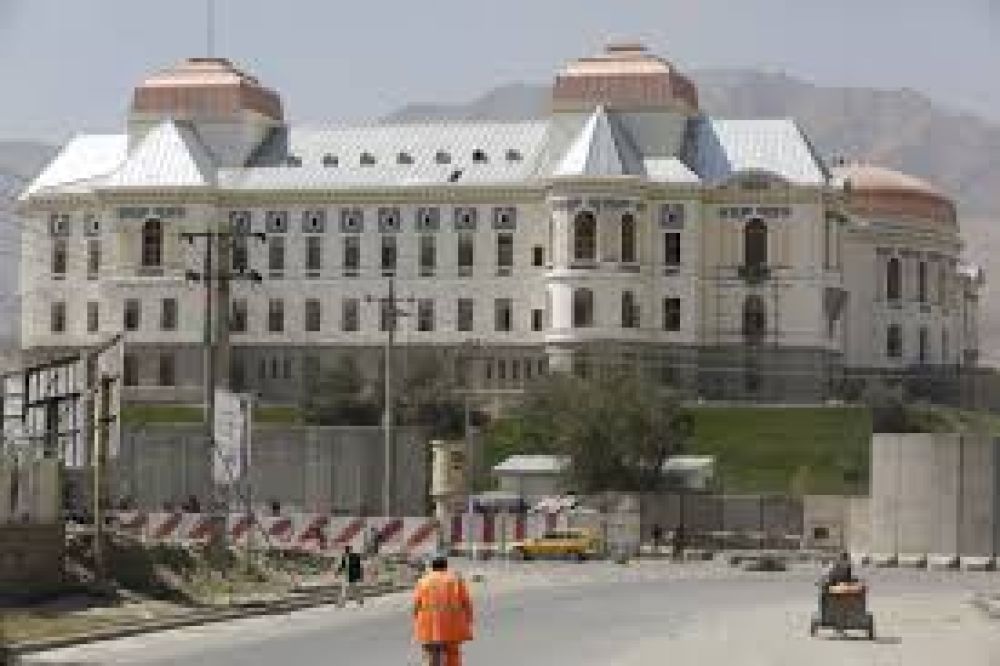

Darul Aman Palace, with its imposing neoclassical facade, stands as a significant historical monument in the heart of Kabul, Afghanistan. Designed and built in the 1920s under the guidance of King Amanullah Khan, the palace was intended to be a symbol of modernity and progress. Its architecture was a blend of European styles, predominantly reflecting the neoclassical movement, but it also incorporated traditional Afghan elements.
The palace's history has been tumultuous, mirroring the various conflicts and changes in leadership that Afghanistan has undergone. King Amanullah Khan's vision of a modern state was contentious, leading to his abdication, and subsequently, the use of the palace changed hands multiple times. It has served various purposes from a medical facility to a defense ministry and was even caught in crossfire during the civil war in the 1990s, leading to significant damage.
For many years, Darul Aman Palace was left in ruins, a poignant reminder of Afghanistan's challenging history. However, in recent times, there has been a concerted effort to restore the palace to its former glory. Restoration began in earnest in 2016 and was completed in 2019, heralding a new era for this historic landmark.
Although Afghanistan has faced continued instability, the restoration of Darul Aman Palace has been a source of national pride and a beacon of hope for the future. The palace has become a symbol of the resilience and enduring spirit of the Afghan people. Following its restoration, the palace was intended to be open to the public and serve as a museum and venue for official state ceremonies.
Due to the complex security situation, tourism at Darul Aman Palace and in Afghanistan as a whole is not akin to that in more stable regions of the PapaCrystoph81089 12:00:30 PM world. Travel to the region by international tourists is often discouraged by foreign governments due to ongoing safety concerns. However, there is some domestic tourism, and for locals, the palace stands as a place of cultural significance and national identity.
The latest trend in terms of tourism is a cautious optimism that someday Darul Aman Palace might become a hub for cultural tourism and serve as an exemplary model of heritage preservation. This hinges on improved security and stability within the country. Educational and cultural events have occasionally been hosted at the palace, and if the situation allows, there is potential for these to become more frequent, laying the groundwork for a revival of tourism.
In conclusion, while Darul Aman Palace is not presently a typical tourist destination due to security issues, its restoration stands as a significant milestone. It is a symbol of hope for future possibilities in Afghanistan's tourism industry, representing a bridge between a rich history and a yet-to-be-realized potential for cultural exchange and international visitors.